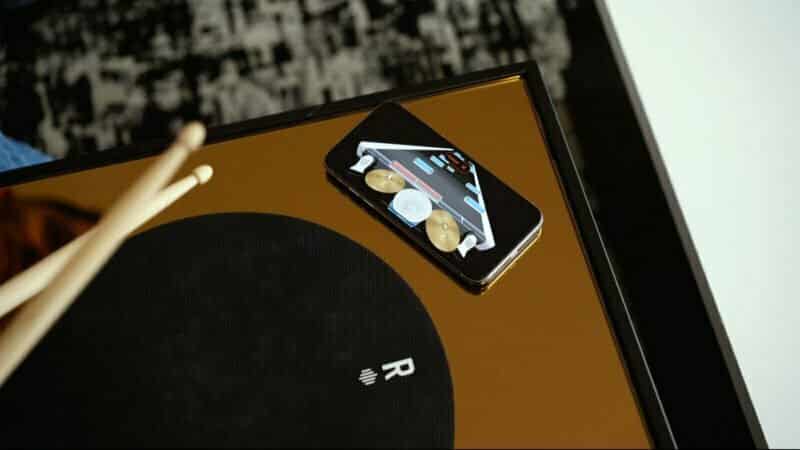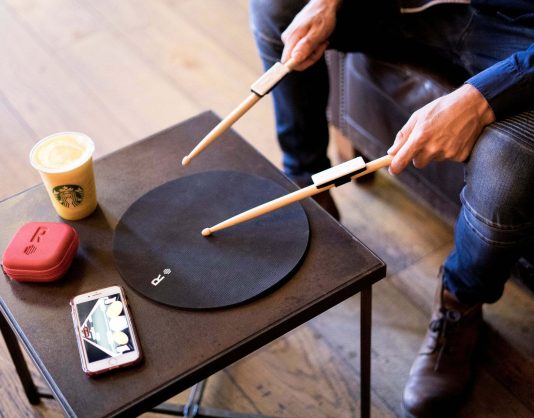Today on the Redison blog, let’s take a look at the drumming rudiments.
An essential but too often neglected step, practicing the rudiments on the drums allows you to progress quickly and on a healthy basis.
Drumming rudiments : what is it ?
Before going into practice, a bit of theory is necessary. Just a little bit, I promise !
A drumming rudiment is a set of strokes that form a pattern. It could be assimilated to a scale on the guitar or the piano for example.
But then why do all good drum teachers tell you that the rudiments are indispensable ?
Is it a conspiracy or something ?
It’s very simple : they are the foundation of drum playing.
All your favorite drummers use them, in any style. The rudiments are the basis of all drum rhythms, even the most complicated ones. Especially the most complicated ones.
Where do you start with the drumming rudiments ?
The most famous rudiments
Some rudiments are very famous. Real celebrities in the world of drumming.
Indeed, they form the foundation of the drummer’s playing. Here are some of them that you may already know :
Single Stroke
Single stroke is the simplest rudiment and is the first one every drummer has to learn.
Ideal to start working with the metronome, set it to a slow tempo to get started. Aim for the center of your playing area, then speed up the tempo as you go.
There’s nothing better like an instructional video to take you further :
Double Stroke
Double stroke is the next step after single stroke.
In order to do it, you have to alternate two strokes with your right hand, then two strokes with your left hand, and so on.
So you will do “right right, left left, right right, left left”.
Paradiddle
You must have heard this term at one time or another. Like all the rudiments, you can work it out in dozens of ways, the most basic and simple of which is the following :
Alternate the following strokes patterns: “right left right right” then “left right left left” and start again. It is in fact 2 paradiddles.
Only one paradiddle is often used to change the “main hand” in drum music.
Easy isn’t it ?
To spice things up a bit, you can place accents ( stronger hits than others) at certain moments.
Going further
There are of course many other rudiments : there are 40 rudiments known as essential to the drums.
Nevertheless, we will not drown you under the information in this article, the idea is rather to show you how to work these rudiments in all circumstances. If you would like another more detailed article on advanced drumming basics, feel free to tell us in the comments !
How to work the drumming rudiments ?
Don’t panic, even if the rudiments work may seem fastidious, there is nothing very complicated about it.
You just need to set daily goals : no need to work the basics for hours on end, a few minutes a day is more than enough. The idea is really to practice, and practice repeatedly as soon as you can. If you have a metronome at hand, that’s even better, it will allow you to play precisely and really progress on the drums.
If you do not have access to your drum kit, nothing prevents you from working on the fly your technique during your lunch break with the Senstroke sensors : yes, with Senstroke, you can also practice rudiments anywhere, anytime !
The Senstroke app learning mode
Thanks to the brand new learning mode of the Senstroke application, you can choose from dozens of different rhythms, but you can also work on your rudiments from the dedicated categories.
Go to the “Progress” section of the Senstroke application and choose your lesson.
Once you’ve started your lesson, play with Senstroke sensors to improve your score and progress at your own pace.

You can activate the metronome or change the tempo to fully customize your playing experience !
In conclusion
The drumming rudiments are essential in the life of a drummer. They are the foundation of all rhythms, from the simplest to the most complex.
Working the rudiments on the drums is the assurance of making quick progress. You can work on them anywhere, tapping on your thighs, on a pad, on your snare drum, developing them on your toms and even having fun from the “Progress” mode of the Senstroke application to challenge your friends !
Fee free to share your experiences and advice in the comments section.
If you missed it, don’t forget to read our blog article about how to hold your drumsticks well.
Until then, keep on drumming !


